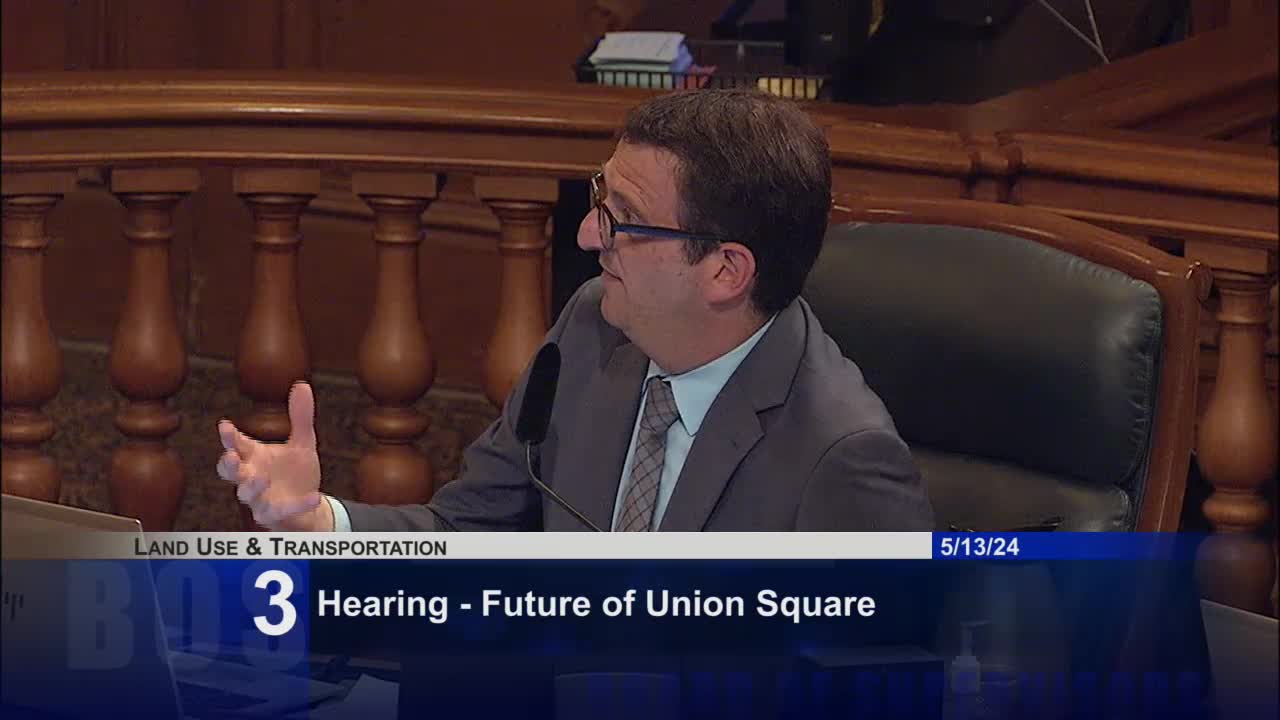San Francisco leaders discuss media perception impact on downtown businesses
May 13, 2024 | San Francisco County, California

This article was created by AI summarizing key points discussed. AI makes mistakes, so for full details and context, please refer to the video of the full meeting. Please report any errors so we can fix them. Report an error »

San Francisco County officials are grappling with the significant impact of media perception on the city’s economic recovery and public image. During a recent government meeting, concerns were raised about the long-term vision for Union Square, especially if major retailers like Macy's continue to struggle in the downtown area. The discussions highlighted the need for a strategic approach to counteract negative narratives that have emerged in national and global media.
One key point made was the disconnect between the realities on the ground and how they are portrayed in the media. Officials acknowledged that negative coverage has contributed to a decline in business and tourism, which is critical for the city’s recovery post-pandemic. There was a call for better tracking of media narratives and their effects on local businesses, suggesting that the city should adopt methods similar to those used in marketing to measure the impact of public statements and media coverage.
The meeting underscored a collective recognition among leaders that the perception of San Francisco has shifted dramatically, often influenced by sensationalized reporting. This has raised alarms about the potential long-term consequences if the city does not actively work to reshape its narrative. Officials expressed a desire to document the correlation between media coverage and economic indicators, emphasizing that understanding this relationship is essential for future planning and recovery efforts.
As San Francisco continues to navigate its post-pandemic landscape, the discussions from this meeting signal a pivotal moment for city leadership. By focusing on both the factual realities and the narratives that shape public perception, officials aim to foster a more positive image of San Francisco, which is vital for attracting businesses and tourists back to the city. The next steps will involve exploring models for tracking these narratives and their impacts, ensuring that the city can effectively respond to challenges ahead.
One key point made was the disconnect between the realities on the ground and how they are portrayed in the media. Officials acknowledged that negative coverage has contributed to a decline in business and tourism, which is critical for the city’s recovery post-pandemic. There was a call for better tracking of media narratives and their effects on local businesses, suggesting that the city should adopt methods similar to those used in marketing to measure the impact of public statements and media coverage.
The meeting underscored a collective recognition among leaders that the perception of San Francisco has shifted dramatically, often influenced by sensationalized reporting. This has raised alarms about the potential long-term consequences if the city does not actively work to reshape its narrative. Officials expressed a desire to document the correlation between media coverage and economic indicators, emphasizing that understanding this relationship is essential for future planning and recovery efforts.
As San Francisco continues to navigate its post-pandemic landscape, the discussions from this meeting signal a pivotal moment for city leadership. By focusing on both the factual realities and the narratives that shape public perception, officials aim to foster a more positive image of San Francisco, which is vital for attracting businesses and tourists back to the city. The next steps will involve exploring models for tracking these narratives and their impacts, ensuring that the city can effectively respond to challenges ahead.
View full meeting
This article is based on a recent meeting—watch the full video and explore the complete transcript for deeper insights into the discussion.
View full meeting
